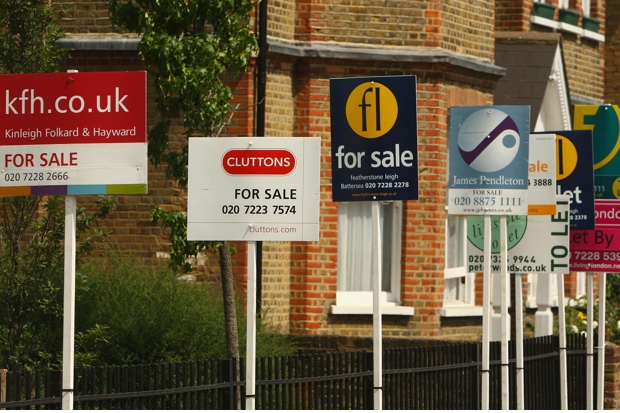Since the start of April, anyone buying a home with a granny flat could have found themselves hit by an inflated stamp duty bill.
They would have been caught up in the government’s move to get landlords and those who own second homes to contribute more to the Treasury’s coffers by way of a 3 per cent stamp duty surcharge.
The planned rate varied between 3 per cent and 15 per cent of the sale price, depending on the property’s value. For example, a property with an annexe – the proper name for a granny flat – with an overall sale price of £500,000 would incur a new stamp duty bill of £30,000, compared to the £15,000 it previously cost. The change doubled the effective rate of stamp duty from 3 per cent to 6 per cent on properties of this price.
However, perhaps conscious of the painful effect of this new stamp duty regime on middle-Englanders, the Treasury has had a rethink.

Get Britain's best politics newsletters
Register to get The Spectator's insight and opinion straight to your inbox. You can then read two free articles each week.
Already a subscriber? Log in







Comments
Join the debate for just £1 a month
Be part of the conversation with other Spectator readers by getting your first three months for £3.
UNLOCK ACCESS Just £1 a monthAlready a subscriber? Log in